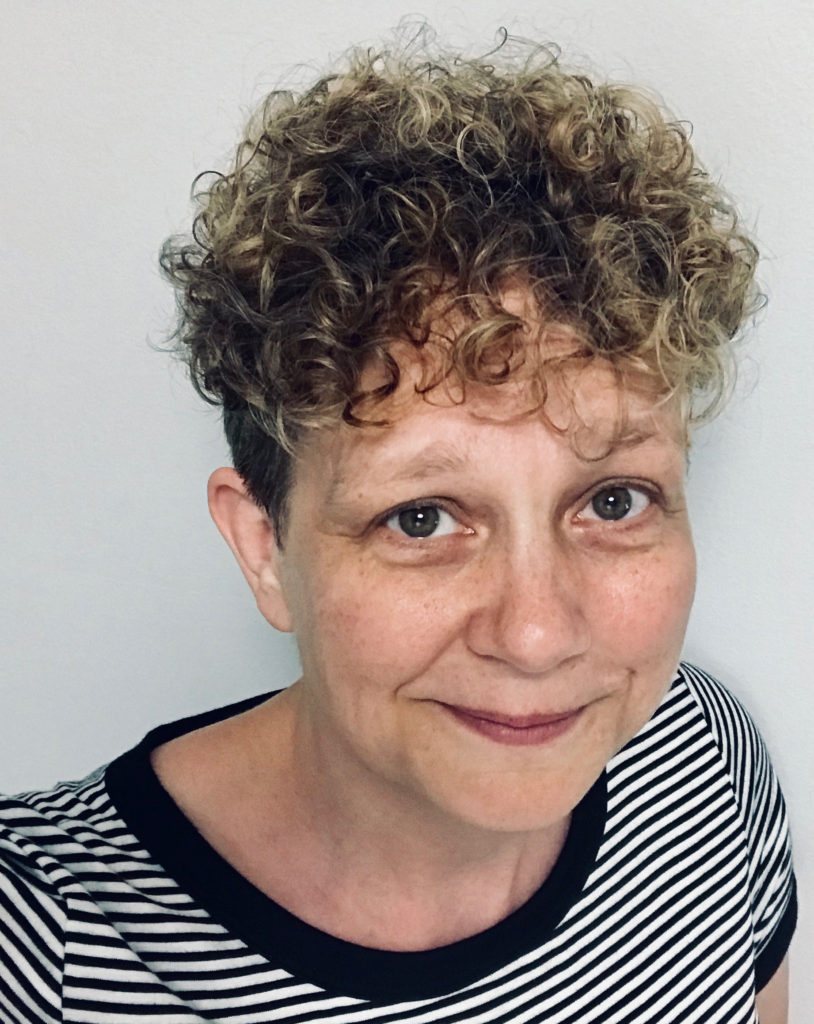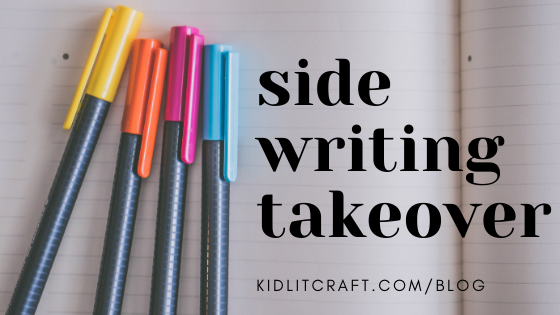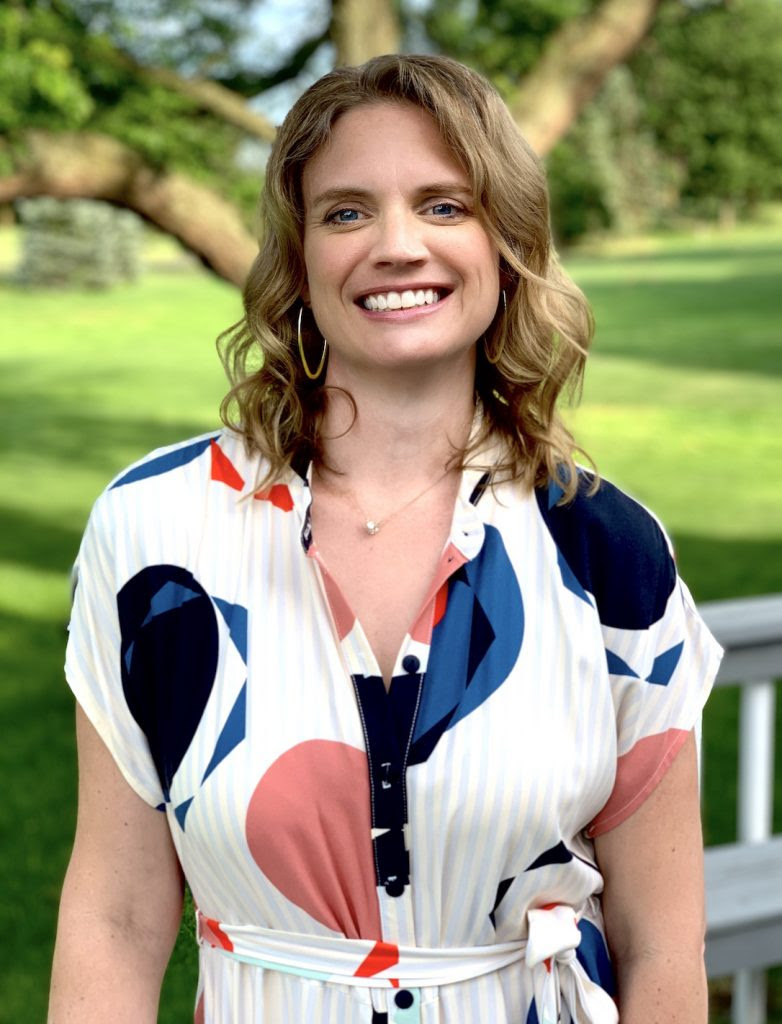Interview by Erin Nuttall
Karen’s innate kindness and nurturing spirit helps kids navigate the difficult topics she explores in her books. She is a thoughtful writer who works hard to craft beautiful books. I met Karen when we attended Vermont College of Fine Art’s Writing for Children and Young Adults MFA program, and we are currently in a writing group together where I’m always happy to get her insightful advice. –Erin
1) How has side writing become a part of your writing process? Were you always a side writer?
As an emerging writer, I focused too intently on the story on the page rather than the thinking that goes into a story through sidewriting. I expected to write a novel chronologically, starting at page one and finishing with “THE END” without much extra writing. Sure, I wrote brief character sketches, but I wanted to discover who my characters were through drafting.
When I did begin sidewriting to discover more about a story, I based it on screenwriting courses that I took. I’d been having trouble plotting, and I’d wander aimlessly through my messy middle, finding new scenes through trial and error. I wanted to outline and plan so I could write a novel in a more disciplined way. I wanted to determine my character’s desire line and follow that through the story like a tow rope. A focus on plot and structure gave me a way to create a map for the story’s journey. I could write from beginning to end. But I had another problem. My characters weren’t engaging my readers as much as I’d hoped.
Later, I came to see that sidewriting for plot and structure was not enough. I was missing a crucial step. Without extensive sidewriting about my characters, they would never live, breathe, or leap off the page and into the hearts of my readers. Now, sidewriting for character development happens through all my stages of story development.
2) At what points in the process of writing a novel do you do the most side writing?
Side writing dominates my process during brainstorming and idea generation, then I use it as needed during drafting and revision. When I’m in the flow with a work-in-progress, I get the words on the page, but when I get blocked or when I need to dive deeper, I turn to side writing. I use it to:
· Understand my writer-self and how I connect to the stories I want to write.
This takes the form of journaling, where I might ask questions like: What burning question does my writer-self want me to answer? How does a particular work-in-progress relate to who I am and what I’m passionate about?
· Generate new characters and story ideas.
I keep an ongoing journal for idea generation, where I play and get messy. When I’m between projects, I set brainstorming challenges for myself, like write a premise a day or write a poem each day. I use random prompts to keep my ideas fresh.
· Get the first draft on the page.
Once I’ve found a character or story idea that I’m excited to explore, I create a sidewriting file for that project. There, I journal and play until I get to know my characters—until they can tell me their story. Whenever I get stuck with writing my first draft, I return to sidewriting to find my way forward again. I also use it to get into character and map out a scene before I write it.
· Re-imagine when revising.
Before I revise a draft, I sidewrite to form a vision for what needs to be changed and how to do it. I also use sidewriting to rewrite troublesome passages in various ways, until I find the way that works best.
3) How does sidewriting help you?
It helps me to write true to myself. It sparks joy and intuitive play in my writing. It helps me find my story and stay on track with it. Most importantly, it helps me plumb the emotional depths of my characters to better connect to my readers.

4) You’re offering a workshop this month on sidewriting, as part of SCBWI Canada East’s Digging Deeper series. How do you encourage workshop participants to engage with side writing?
I encourage them to approach it with a sense of joyful exploration. To trust their writer’s intuition to guide them deeper into their story. To let half-baked ideas collide and collude, regenerate and transform. To ask the tough and even scary questions of themselves and their characters. To (re)kindle the sparks that get them excited to write their story. Sidewriting is story fuel.
5) Please share an example of your favorite sidewriting exercise.
I like to brainstorm questions that I need to ask my character about my work-in-progress. These are questions that I don’t know how to answer yet, and often my characters don’t either. For example, I recently asked my protagonist, “Who gave you that object you secretly carry in your pocket? What does that person mean to you?”
Once I have a good list of questions, I set them aside, letting my subconscious go to work on them.
A few days later, I’ll interview my character by asking these questions and encouraging them to answer from their point of view.
So I ask you: What questions do you need to ask your characters? If that feels too challenging, Walter Dean Myers’s advice in Just Write: Here’s How! is to “Come up with a bunch of questions you might want to ask about someone you just met in real life.”

Karen Krossing wrote poetry and rants as a teen and dreamed of becoming a published writer. Today, she’s the author of seven successful novels for kids and teens, and she conducts writing workshops to empower emerging writers. Her recent titles include Punch Like a Girl, which was runner-up for the Kaywell Books Save Lives Award; Bog, which won the SCBWI Crystal Kite Award for Canada; and Cut the Lights, which received a starred review in ALA Booklist. She graduated with an MFA in Writing for Children and Young Adults from the Vermont College of Fine Arts in 2020. Her debut picture book Sour Cakes, illustrated by Anna Kwan, will be published by Owlkids Books in October and is available for pre-order at a bookstore near you.
If you’re interested in more sidewriting with Karen, check out her upcoming workshop on April 10 at 1 pm ET as part of SCBWI Canada East’s Digging Deeper series.
Erin Nuttall holds an MFA in Writing for Children and Young Adults from Vermont College of Fine Arts and is an active member of SCBWI and ALAN. She lives outside of Chicago with her family where she writes stories for middle grade and young adult readers that offer a humorous take on friendship, identity, feminism, and romance.




[…] we’ll be reading her middle-grade and young-adult novels in the future. Thanks to Erin for interviewing me about side-writing on KidLit Craft – a terrific blog you’ll want to explore. You can check out Erin’s thoughts on […]